The United Nations recommends six categories of areas that need to be protected and preserved, and wildlife sanctuaries are one of them. Wildlife sanctuaries are regions or areas that have restricted access to the preservation and continuation of wildlife.
They serve the purpose of saving wildlife species from the danger of extinction and any potential harm. In this blog Graana.com, Pakistan’s smartest property portal has come up with a complete guide to wildlife sanctuaries in Pakistan.
What is a Wildlife Sanctuary?
A wildlife sanctuary is a space which is exclusively reserved for wild animals, serving the purpose of their natural habitat. The place is reserved by the government for the wild animals to roam about freely, and typically the public is refrained from going to these areas.
Moreover, hunting and capturing animals are not allowed. To ensure that hunters remain at bay, the government deploys police or some other force to patrol the area.
What is the Importance of Wildlife Sanctuaries in a Country?
There are a lot of reasons why wildlife sanctuaries are made in a country. The following are some of the major ones. They are established to save and protect the species of animals and birds which are at risk.
It is not possible to move all the wildlife from one place to another and provide them with a habitat similar to their natural ones, which is why governments make sanctuaries for them to protect them in their natural abode.
It is easier to closely monitor the endangered animals in the wildlife sanctuaries. If they start reproducing and multiplying in numbers, the relevant authorities can take a few specimens of species on the verge of extinction and segregate them into a conservation park and breed them for their survival.
Wildlife sanctuaries make it easy for researchers and zoologists to come to these segregated areas and peacefully conduct their studies on the wildlife living there.
Sometimes they take in the injured or abandoned animals and rehabilitate them, upon recovery they are released back into the forests. Hunting is another factor that puts the already endangered species at an even greater risk of becoming extinct.
These wildlife sanctuaries provide a safe haven for these species as they remain safe from predators and hunters.
Major Wildlife Sanctuaries in Pakistan
- Manshi Wildlife Sanctuary
- Astor Wildlife Sanctuary
- Baltistan Wildlife Sanctuary
- Bajwat Wildlife Sanctuary
- Chashma and Taunsa Barrage Dolphin Sanctuary
- Cholistan Wildlife Sanctuary
- Hub Dam Wildlife Sanctuary
- Mahal Kohistan Wildlife Sanctuary
- Naltar Wildlife Sanctuary
- Nara Desert Wildlife Sanctuary
- Lake Haleji Wildlife Sanctuary
- Manglot Wildlife National Park
|
Wildlife Sanctuaries in Pakistan |
Location | Area | Established in Year |
| Manshi Wildlife Sanctuary | Khaghan Valley | 2,321 ha |
1977 |
| Catchment area of Astore Nala | 41,472 ha | 1975 | |
| Baltistan Wildlife Sanctuary | Baltistan District | 41,500 ha |
1975 |
| Sialkot District | 5,400 ha | – | |
| Chashma and Taunsa Barrage Dolphin Sanctuary | Mianwali District | – |
1972 |
| Cholistan, Punjab | 467,500 ha | – | |
| Hub Dam Wildlife Sanctuary | Balochistan, Sindh | 27,219 ha |
1981 |
| Jamshoro District, Sindh | 70,577 ha | 1972 | |
| Naltar Wildlife Sanctuary | Naltar valley, Gilgit Baltistan | 27,206 ha |
1975 |
| Mirpurkhas District, Sindh | 630,000 ha | 1980 | |
| Lake Haleji Wildlife Sanctuary | Thatta District, Sindh | 658 ha |
1977 |
| KPK, Pakistan | 710.628 ha |
1990 |
Manshi Wildlife Sanctuary
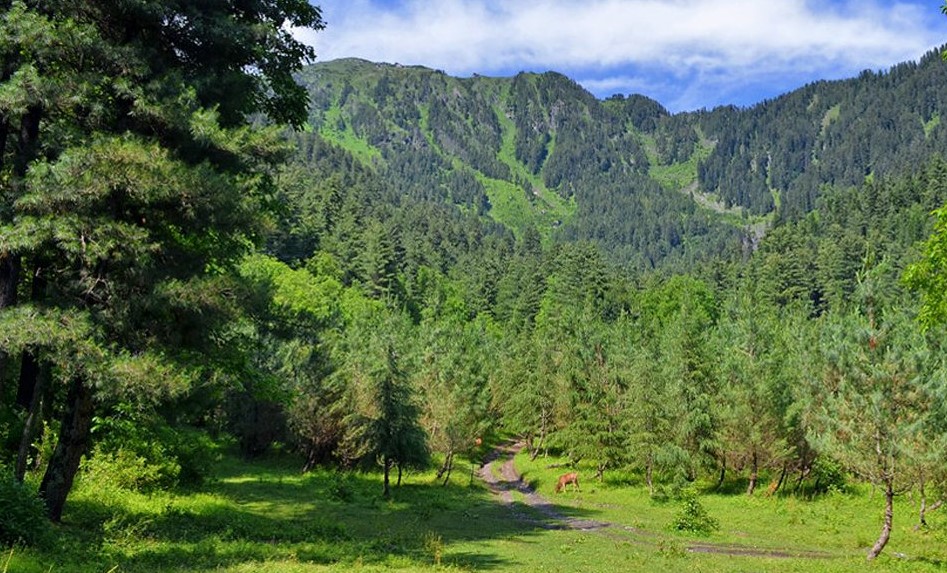
Manshi wildlife sanctuary is situated in Kaghan valley towards the eastern bank of Kunhar river in KPK. It is located in the proximity of the state of AJK.
There is an old and rough track via Paras which leads to the sanctuary. However, the road gets entirely blocked during winter due to excessive snowfall. The government declared the area a wildlife sanctuary during the year 1977.
The Manshi sanctuary is home to various wildlife species, some of which are as follows:
- Himalayan Black Bear
- Himalayan Musk Deer
- White-bellied Redstart
- Long-legged Buzzard Buteo Rufinus
- Gypaetus barbatus
Astor Wildlife Sanctuary
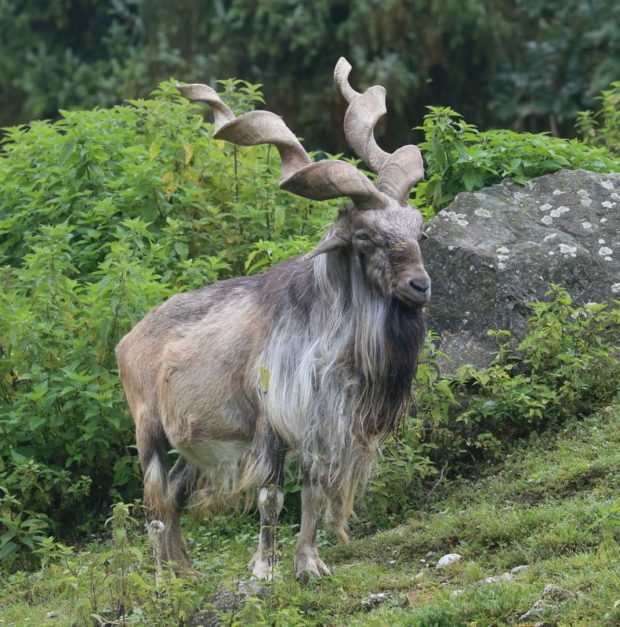
Astore wildlife sanctuary is located in Astore Valley District, Gilgit Baltistan. Spread over an area of around 414.72 sq. km, the sanctuary is located between Nanga Parbat and Deosai plains.
The endangered species of Astore Markhor, which is the national animal of Pakistan, is also found in this sanctuary. The area is also home to the near-to-be extinct species of snow leopards, Himalayan Brown Bear, and Eurasian Lynx.
Baltistan Wildlife Sanctuary
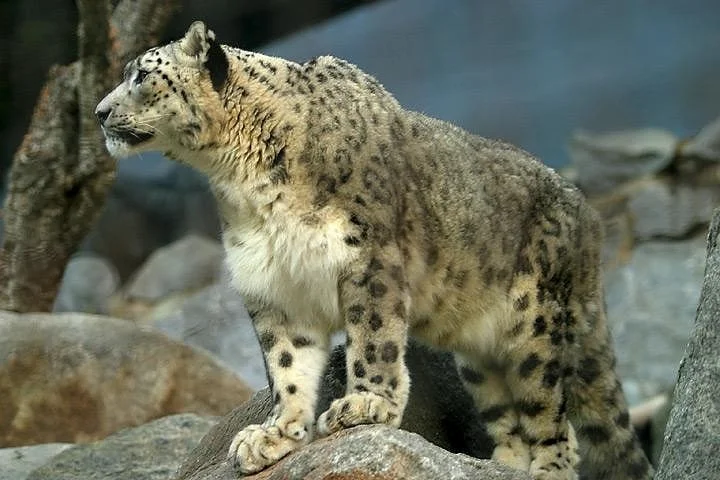
Another heaven for wildlife in Pakistan, the Baltistan wildlife sanctuary covers an area of almost 41, 500 ha and is located in the northwestern region of Pakistan. Adjacent to the Astore wildlife sanctuary, this one lies between two villages of Rondu and Shengus, towards the south of the Indus river.
This region was announced as a conservation park to protect the species that are on the verge of being extinct. Some of those endangered species include snow leopard, Tibetan wolf, Tibetan sand fox, Markhor, Bharal, Siberian Ibex, etc.
Bajwat Wildlife Sanctuary
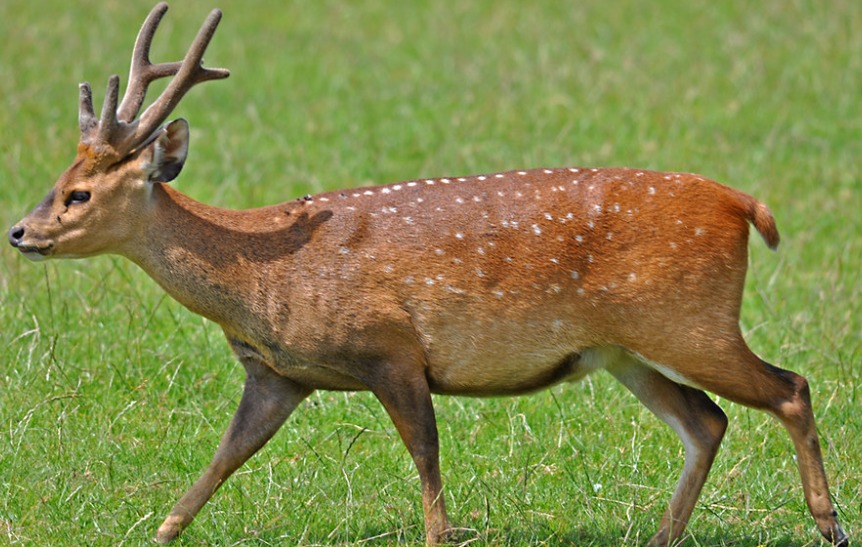
Bajwat wildlife sanctuary is a natural habitat for the wildlife found near the river of Chenab and its two streams that stretch up to the Indian border. It is situated in the district of Sialkot.
The conservation area occupies an area of 5,400 hectares. It provides a safe shelter for a vast variety of mammals, some of which include Hog Deer and Nigali. Scientists have discovered 110 species of a variety of birds in the region, and the most common one is the Motacillidae family.
Chashma & Taunsa Barrage Dolphin Sanctuary
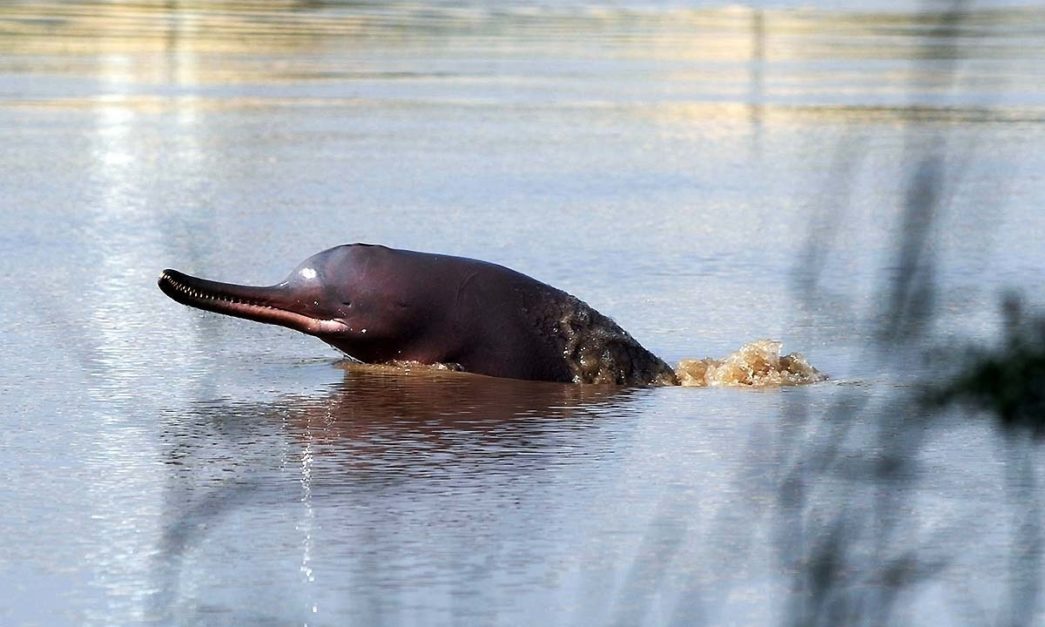
This is another sanctuary located in the district of Mianwali, Punjab. It was established as a wildlife sanctuary in 1972. Since around the same time, the population of Indus Dolphins has escalated notably.
It is a significant preservation area for the breeding and wintering of a large diversity of waterfowl, particularly for threatened species like the Marbled Duck.
The Chasma and Taunsa Barrage Sanctuary also provide picturesque views of the Indus river. This preservation park has immense potential to become the next big thing in the tourist industry of Pakistan.
Cholistan Wildlife Sanctuary
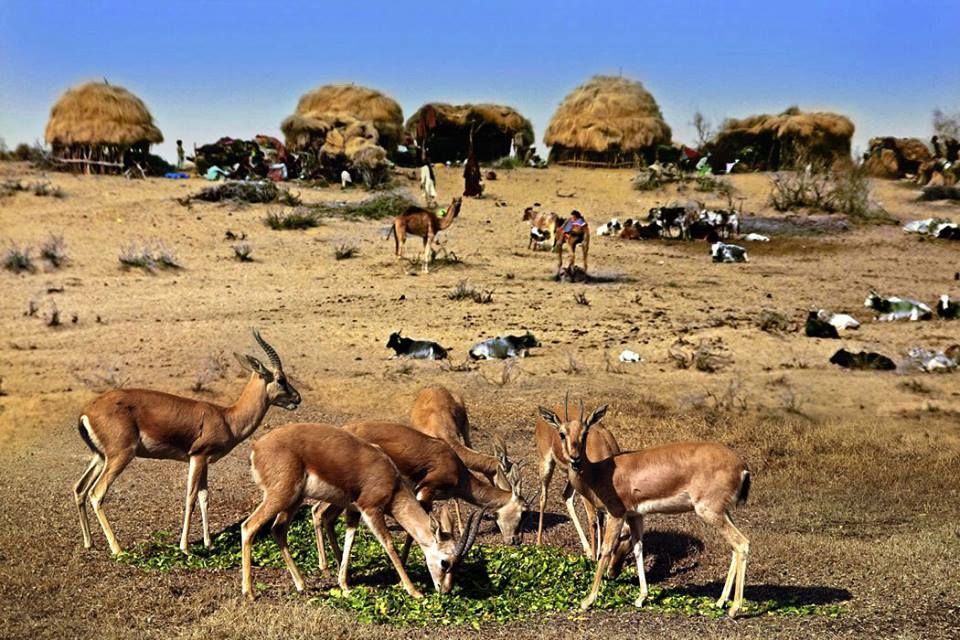
One of the most important wildlife sanctuaries of Pakistan, the Cholistan wildlife sanctuary is located in Cholistan, which is situated in south-eastern Punjab. It is regarded as an important sanctuary because it homes a blend of very rare species.
Some of the rare species residing here include Desert Fox, Red Fox, Jackal, Small Indian Civet, Blackbuck, and Black-backed vulture. There are also numerous endangered species of wild cats, Chinkara, Falcons, Gazelle, Nilgai Antelope, and Houbara Bustard.
Besides these animals and birds, Cholistan also homes some reptiles such as Indian Cobra, Russell’s Vipers, Monitor Lizard, and Saw Scaled Vipers.
Hub Dam Wildlife Sanctuary
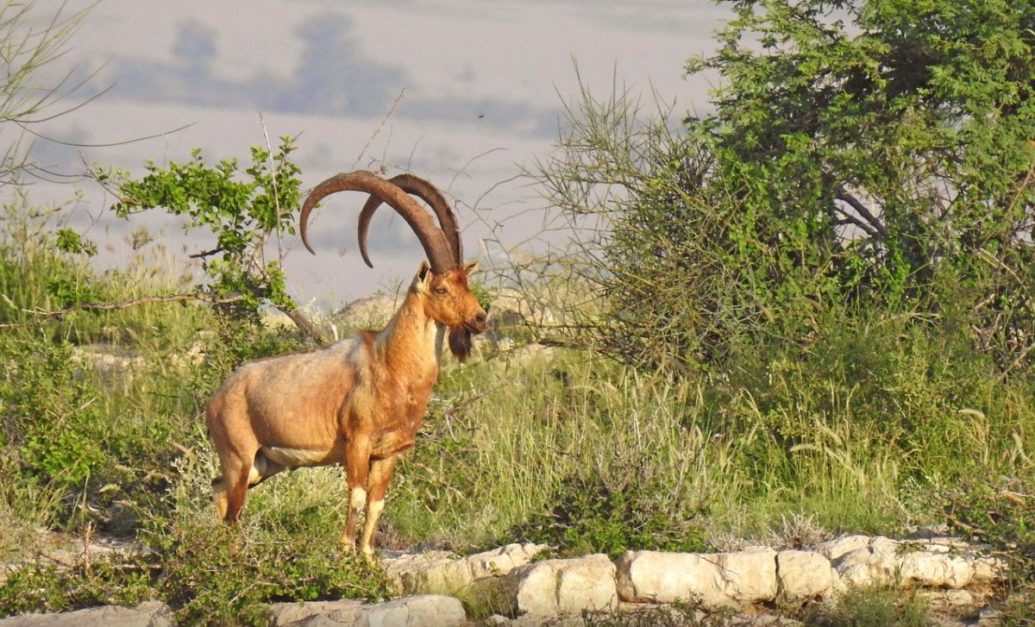
Located in proximity to the third largest dam in Pakistan, the Hub Dam wildlife sanctuary is one of the most significant wildlife sanctuaries in the county.
It covers an area of around 32 km and is essentially reserved for marine wildlife. There are very few marine wildlife sanctuaries in Pakistan and it is one of them. People living in Karachi or nearby should visit the place at least once.
The area homes animals like Urial, Four Horned Antelope, Sindh Ibex, Indian Pangolin, Golden Jackal, Fox, Chinkara Gazelle, and numerous other waterfowl, birds, and reptile species.
Mahal Kohistan Wildlife Sanctuary
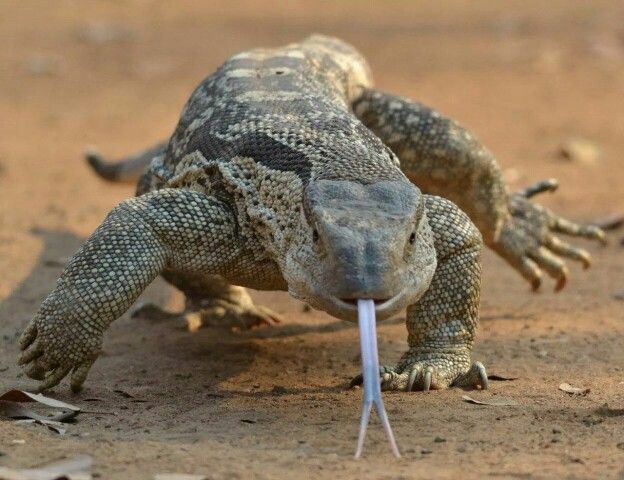
Mahal wildlife sanctuary is situated in the south of Kirthar National Park. The area it covers is 70,577ha approximately. Located in Jamshoro, Sindh, the Mahal wildlife sanctuary is thought to be an essential abode for the wildlife found in the southern region of Pakistan.
It provides habitats to Jackal, Fox, Jungle Cat, chinkara gazelle, urial, monitor lizard, etc. According to recent studies, there are 29 mammal species, 78 aves species, and 36 species of wild reptiles found in this area in total.
The Mahal Kohistan wildlife sanctuary comprises mountain ridges, dry river beds, hard rocky areas, sandy plains, small wetlands, and some rural and agricultural areas.
Naltar Wildlife Sanctuary
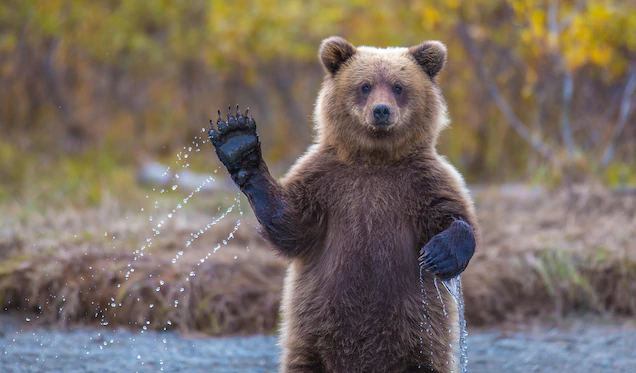
This wildlife sanctuary is another addition to the conservation parks located in Gilgit Baltistan, near the valley of Hunza. The refuge was established on 22 November 1975 and is a mountainous region with a steep-sided valley consisting of a forest.
Occupying an area of 27206 ha, the Naltar wildlife sanctuary is adjacent to two other protection reserves, Sher Quillah Game Reserve and Pakora Game Reserve.
The near-to-be-extinct species of Astore Markhor is found in this wildlife reserve, Other than that, some of the big mammals like Alpine Ibex, Snow Leopard, Brown Bear, Grey Wolf, Red Fox, Beech Marten, and the leopard Cat are also located in the region.
Besides mammals, 35 bird species have been discovered in the sanctuary including the Phylloscopus Subviridis.
Nara Desert Wildlife Sanctuary
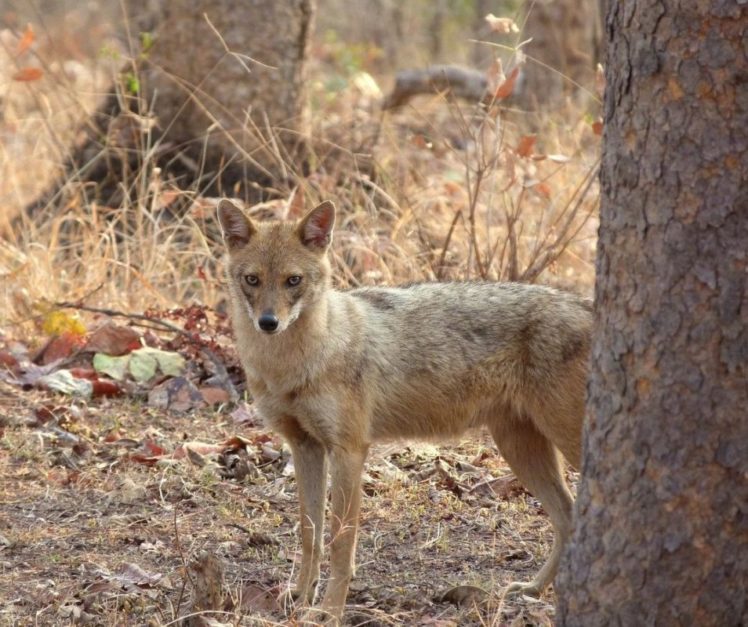
Nara Desert Wildlife Sanctuary is another reserve located in the southern region of Pakistan, Mirpurkhas. Providing habitat to a lot of wild animals in Sindh, the Nara canal area is considered to have great significance for wintering waterfowl and some other wild animals. The largest number of Mugger crocodiles, which is another endangered species in Pakistan, is found in this reserve.
Moreover, there are some mammals located in the region as well, some of them are the Indian long-eared hedgehog, Caracal, Indian desert cat, Indian Gray Mongoose, Striped Hyena, Indian jackal, Indian Pangolin, Bengal Fox, Chinkara, Honey Badger, Central Asian Boar, Indian Hare, Northern Palm Squirrel, Indian Crested Porcupine.
Lake Haleji
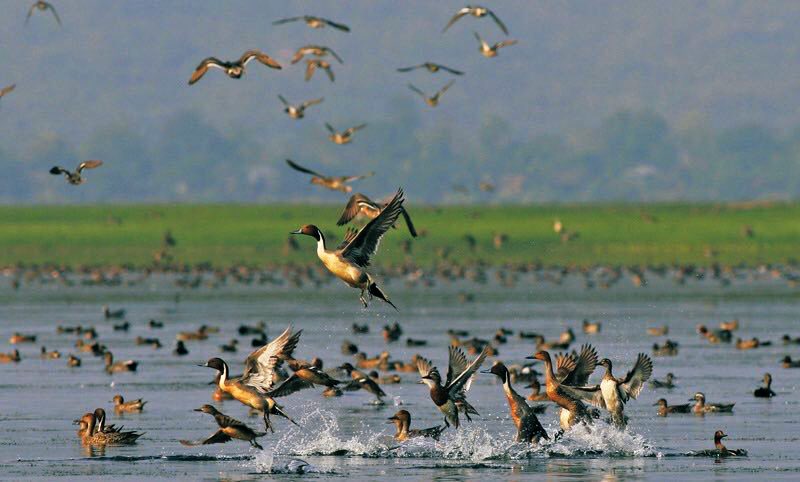
Lake Haleji is situated in Thatta, Sindh, and is a habitat for thousands of wildlife in the region. Thousands of migratory birds dwell here during winter, which makes the lake one of the most important winter locations for migratory waterfowl.
Haleji Lake is a saltwater lake and was formed by the collection of seasonal water. During world war 2, the lake became a source of additional water for the troops at Karachi.
Those who love to watch birds will find their paradise in Haleji Lake. So far, scientists have discovered over 223 species of birds near the surroundings of Haleji Lake.
Some of them are osprey, Pallas’s fish eagle, Buzzards, Harriers, Falcons, Wigeon, coot, shoveller, pintail, Teals, Mallard, heron, Jacana, flamingos and sometimes Bewick’s swan – all forming a marvellous sight for bird watchers.
Manglot Wildlife National Park
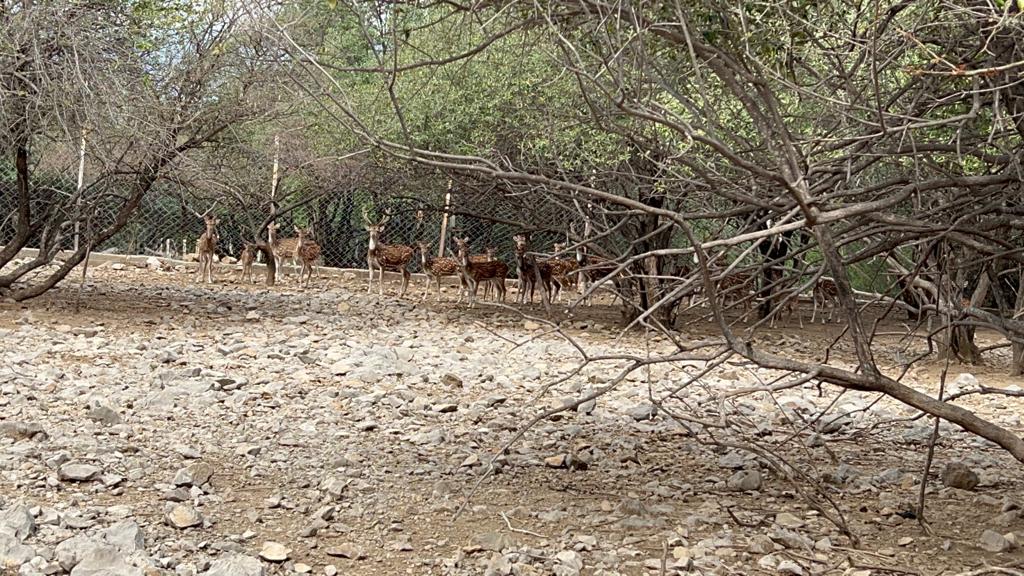
Manglot National Wildlife Park is one of the major wildlife sanctuaries in Pakistan located in KPK. It was established during the year 1990. It is a natural habitat for wildlife in the region. If you want to explore wildlife sanctuary in Pakistan, you should visit this place.
Covering an area of about 1756 acres, the reserve includes hilltops and the plain area near the river Indus. The sanctuary primarily consists of a forest made up of olive trees, Acacia Modesta, Zizyphus Nummularia, Olea cuspidate, Deodonia viscose, and Monothica Buxifolia are the predominant vegetation of this park.
Moreover, it is home to various wild animals, including Chinkara, hog deer, common leopards, wolves, wild boar, jackals, porcupines, and hares. In addition, there are a few reptiles living in this area as well, including different kinds of snakes, and wild lizards.
Talking about birds, Chukar, three varieties of partridges, rock pigeons, doves, and several sparrows are commonly found here.
The significance of wildlife sanctuaries can never be denied. Not only does it preserve the natural habitat for wildlife in the region but it also provides a natural zoo-like space for tourists, which in turn can help boost the economy of the country.
In this blog, we mentioned some of the wildlife sanctuaries located in Pakistan. For more information, visit the Graana blog.
FAQs
How many wildlife sanctuaries are in Pakistan?
As documented by IUCN, there are about 225 acknowledged Protected and secured places in Pakistan, out of which, 99 have been identified as wildlife Sanctuaries. 96 of them are game reserves and 14 are national parks.
Is there any tiger reserve in Pakistan?
Pakistan does not have tigers and lions.
How many wildlife sanctuaries are there in Balochistan?
14 wildlife sanctuaries




